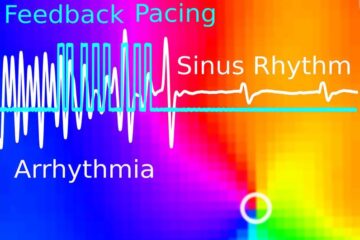China’s anti-malaria medicine producers face market collapse

Yet a glut of the compound has now saturated the market to such a degree that prices have plummeted, forcing Chinese drug manufacturers out of business.
Artemisinin is extracted from the sweet wormwood plant Artemisia annua, and China is home to 80–90 per cent of the world’s supply. The World Health Organization (WHO) and Novartis have worked together since 2001 to channel much of that medicine into Africa.
But the sudden increase in demand for artemisinin caused a serious shortage, triggering a massive price rise that peaked at 8000 yuan (£537) per kilogram of artemisinin in 2005. To capitalise on this, the number of Chinese artemisinin producers rose from three in 2004 to more than 80 in 2007.
China’s annual supply of artemisinin now stands at about 150 tonnes per year – roughly six times what Novartis and the WHO are prepared to buy annually. The resulting surplus has caused the market price of artemisinin to plummet to around 1600 yuan (£107) per kilogram, and the crash has already forced some artemisinin producers out of business.
Novartis points out that it is not responsible for the business crisis. ‘We have repeatedly warned Chinese suppliers that the African anti-malaria market is very small due to their low consumption capacity,’ explained a spokesperson for Novartis China. They added that the WHO is unlikely to buy more artemisinin without an increase in funding for their malaria campaign.
Crucially, the Chinese surplus is still not reaching patients in Africa. Only one Chinese firm – Guangxi-based Guilin Pharmaceutical – has obtained WHO approval (in August 2007) to sell artemisinin in Africa, as part of a combination therapy with another drug.
Chinese market analysts blame the Chinese drug regulator for issuing licenses to produce artemisinin too easily, and for failing to close down unauthorised producers. ‘Local governments should be blamed as well,’ Zhou Chengming, president of Beijing-based Shizhen Traditional Chinese Medicine (TCM) Group told Chemistry World. ‘They have exaggerated artemisinin as the great hope for Chinese pharmaceuticals to go abroad.’
The full text of this Chemistry World story is at:
http://www.rsc.org/chemistryworld/News/2007/December/19120701.asp
Media Contact
All latest news from the category: Life Sciences and Chemistry
Articles and reports from the Life Sciences and chemistry area deal with applied and basic research into modern biology, chemistry and human medicine.
Valuable information can be found on a range of life sciences fields including bacteriology, biochemistry, bionics, bioinformatics, biophysics, biotechnology, genetics, geobotany, human biology, marine biology, microbiology, molecular biology, cellular biology, zoology, bioinorganic chemistry, microchemistry and environmental chemistry.
Newest articles

Wildfire danger to increase due to climate change
WSL Institute for Snow and Avalanche Research (SLF) researchers expect an elevated wildfire danger in the Alpine Foreland from 2040 onwards due to changing meteorological conditions. The danger currently remains…

Advanced Brain Science Without Coding Expertise
Researchers at Helmholtz Munich and the LMU University Hospital Munich introduce DELiVR, offering a new AI-based approach to the complex task of brain cell mapping. The deep learning tool democratizes…

Gentle defibrillation for the heart
Using light pulses as a model for electrical defibrillation, Göttingen scientists developed a method to assess and modulate the heart function. The research team from the Max Planck Institute for…





















